
Air-conditioning is a luxury in my world. Compressors, evaporators, electric clutches, if that junk fails I never bother to repair it because my trucks are not worth the investment. Running without AC requires open windows and I heard the 4-cylinder sport bike coming up behind me on the left. He was about three car lengths back and well up into the RPM range. You may not like that sound but it was music to my ears.
The main point is I heard him. So many motorcycle anti-noise campaigners claim that exhaust noise is one direction and useless as a safety measure. Like no one in front of you can hear your blat-blat-blat. The naysayers turn into online audio engineers describing the physics of sound and how loud pipes can’t possibly alert anyone to your presence. And they are full of crap. I heard the bike coming up behind me.
Go ahead and argue sound is annoying on a motorcycle. Push for better rider training. Explain to me how citizens shouldn’t be disturbed from their slumber as they text down the highway running over anything not traveling their same speed and trajectory. Say that loud motorcycles are causing Cagers to dislike us and that lawmakers will try and ban us. It all may be true. Those are worthwhile arguments.
But don’t tell me you can’t hear loud pipes. With your widows up and the stereo blazing away you probably can’t but there are other, less-insulated road users that can hear the outside world. Bicyclists, walkers and people without air conditioning will be alerted to your motorcycle long before you collide with them. Electric car owners report that pedestrians wander in front of their silent rides. That kind of stuff won’t happen to a drag-piped, stretched-swingarm Hayabusa spinning 9000 rpm.
Loud pipes can’t be both annoying and unheard on the road. The effect is even more pronounced in town: A straight-piped hog announces itself blocks away. The damn thing sounds like a bear rifling through garbage cans but I know it’s out there somewhere because I can hear the big V-twin stumble and fart like internal combustion is not settled science.
Sure, pipes make more noise towards the back because that’s the direction they are pointed. Would it be so bad if some Whopper-eating, stereo-adjusting, GPS-programming car driver heard you a few hundred feet before running your annoying ass over? If sound doesn’t equal safety then why are street-driven motorcycles equipped with horns? You can’t have it both ways.

Personally I don’t like loud pipes. They wear me down on long trips so I mostly run stock mufflers. My Husky came with an aftermarket muffler that is pretty loud but I leave it on out of inertia.
Has anyone’s life been saved by a loud exhaust system? Who knows? It’s difficult to prove a negative, something that didn’t happen. Trying to work within the system or to curry favor from others by silencing your motorcycle is a mug’s game. Run whatever exhaust system you prefer. Motorcycles, loud or quiet, are going to be annoying to the general public. Our very existence seems dangerous to them and their anger towards us isn’t noise related. It’s because we are not following the rules.

 The reason lefty bits are the nads for removing stuck or broken bolts is because of their natural tendency to unscrew whatever they are drilling into. By increasing the bit size in stages hopefully you can get the offending screw so thin that the remaining threads weaken, collapse slightly and wind out of the hole looking like a coil spring. And that’s mostly what happened except the thread came out in pieces.
The reason lefty bits are the nads for removing stuck or broken bolts is because of their natural tendency to unscrew whatever they are drilling into. By increasing the bit size in stages hopefully you can get the offending screw so thin that the remaining threads weaken, collapse slightly and wind out of the hole looking like a coil spring. And that’s mostly what happened except the thread came out in pieces. After clearing out the swarf I ran a bottoming tap into the hole and tidied up the threads as much as possible. I will use a slightly longer screw to compensate for the compromised hole but I’m pretty sure it will be fine and I have avoided using a Helicoil thread repair, which is the hack mechanic’s favorite crutch.
After clearing out the swarf I ran a bottoming tap into the hole and tidied up the threads as much as possible. I will use a slightly longer screw to compensate for the compromised hole but I’m pretty sure it will be fine and I have avoided using a Helicoil thread repair, which is the hack mechanic’s favorite crutch.
 I haven’t forgotten about the carburetors either. I’ve been soaking them in Evapor-rust and the stuff is doing a fine job. It’s very mild so you can leave zinc carb bodies immersed for days without fear of eating away the good parts. All four of the carbs are clean and I’m waiting on a few parts before I can reassemble the rack.
I haven’t forgotten about the carburetors either. I’ve been soaking them in Evapor-rust and the stuff is doing a fine job. It’s very mild so you can leave zinc carb bodies immersed for days without fear of eating away the good parts. All four of the carbs are clean and I’m waiting on a few parts before I can reassemble the rack. Zed’s little clutch-cover, oil level window was black with sitting-bike mung. It was so black the oil level could not be determined. I removed the cover and cleaned out behind the metal back-plate. Since I had the cover off I figured it would be a good idea to check the clutch plates for wear. The fibers are within tolerance and the steels are only slightly rusty so I’ll clean all those parts up and Zed should have a functioning clutch.
Zed’s little clutch-cover, oil level window was black with sitting-bike mung. It was so black the oil level could not be determined. I removed the cover and cleaned out behind the metal back-plate. Since I had the cover off I figured it would be a good idea to check the clutch plates for wear. The fibers are within tolerance and the steels are only slightly rusty so I’ll clean all those parts up and Zed should have a functioning clutch. When Kawasaki designed the Z1 they went all out. This was Big K’s flagship motorcycle and the robust clutch is a fine example of strength. The large, straight-cut clutch gear would not look out of place in a one-ton manual truck transmission. The fingers that locate the fiber plates are surrounded by a steel band to prevent them from spreading under load. This clutch is awe-inspiring and looks like it could handle double the Z1’s 82 (claimed) horsepower. The bike has 41,000 miles showing on the clock and the metal parts show minimal wear. I am impressed.
When Kawasaki designed the Z1 they went all out. This was Big K’s flagship motorcycle and the robust clutch is a fine example of strength. The large, straight-cut clutch gear would not look out of place in a one-ton manual truck transmission. The fingers that locate the fiber plates are surrounded by a steel band to prevent them from spreading under load. This clutch is awe-inspiring and looks like it could handle double the Z1’s 82 (claimed) horsepower. The bike has 41,000 miles showing on the clock and the metal parts show minimal wear. I am impressed. Don’t take my word for it, here is the author of the Z1 repair manual waxing eloquent over the Z’s clutch.
Don’t take my word for it, here is the author of the Z1 repair manual waxing eloquent over the Z’s clutch. I’m making another list of parts and will be blowing more money on Zed. I really hope this engine runs without a lot of knocking and the transmission shifts like butter.
I’m making another list of parts and will be blowing more money on Zed. I really hope this engine runs without a lot of knocking and the transmission shifts like butter.







 Jack Lewis and I used to work for the same motorcycle magazine. We both started at the magazine about the same time. Our moto-journo fortunes seemed linked for 10 years and we both faded from the magazine’s pages nearly in lock step. One month on, one month off: Being platooned with Jack Lewis was like batting cleanup behind Babe Ruth. The crowd would be atwitter over the mammoth home run Jack smashed out into the parking lot, where the cigarette smoking kids would fight each other for the ball. Then it was my turn. No pressure.
Jack Lewis and I used to work for the same motorcycle magazine. We both started at the magazine about the same time. Our moto-journo fortunes seemed linked for 10 years and we both faded from the magazine’s pages nearly in lock step. One month on, one month off: Being platooned with Jack Lewis was like batting cleanup behind Babe Ruth. The crowd would be atwitter over the mammoth home run Jack smashed out into the parking lot, where the cigarette smoking kids would fight each other for the ball. Then it was my turn. No pressure. I drilled the screw in stages until I could try my handy-dandy left-hand drill/remover tool.
I drilled the screw in stages until I could try my handy-dandy left-hand drill/remover tool.
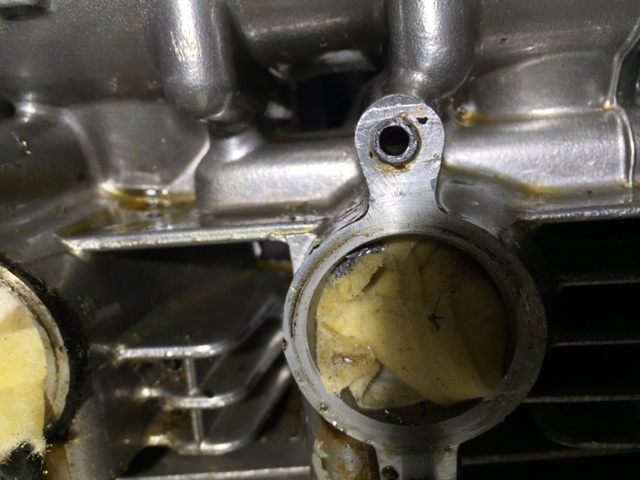 The broken screw is small, like a 4mm, maybe a 6mm and there’s not a lot of room for error. The little extractor tool had a good bite into the screw but the thing would not budge. One thing you don’t want to do is break off an easy out because they are super hard material. There’s no drilling the things and you are well and truly screwed if you manage to get the hole full of busted tool steel. I eased off. Sometimes you make more progress doing nothing rather than doing the wrong thing.
The broken screw is small, like a 4mm, maybe a 6mm and there’s not a lot of room for error. The little extractor tool had a good bite into the screw but the thing would not budge. One thing you don’t want to do is break off an easy out because they are super hard material. There’s no drilling the things and you are well and truly screwed if you manage to get the hole full of busted tool steel. I eased off. Sometimes you make more progress doing nothing rather than doing the wrong thing.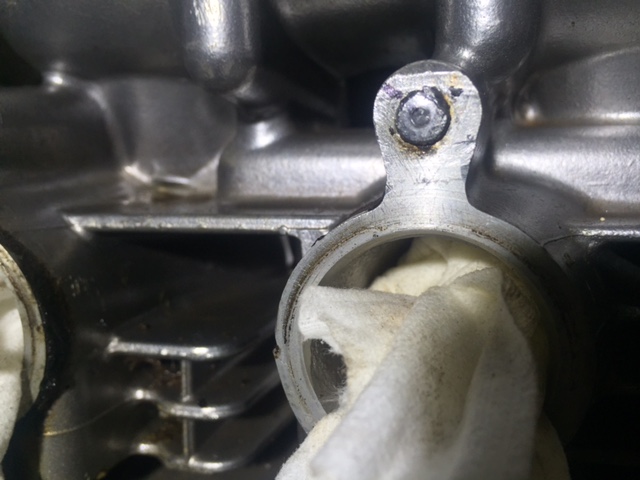 Admitting defeat today I decided to step away from the cylinder head and give the hole a few more days soaking with penetrating oil now that I can get to the backside of the situation. In addition to soaking I’ll heat-cycle the aluminum with a 1500-watt heat gun in the hopes of disrupting the steel screw/aluminum head interface. I guess the worse case would be to drill the thing all the way out and use a thread repair insert but I really don’t want to do that. That would be true hackery.
Admitting defeat today I decided to step away from the cylinder head and give the hole a few more days soaking with penetrating oil now that I can get to the backside of the situation. In addition to soaking I’ll heat-cycle the aluminum with a 1500-watt heat gun in the hopes of disrupting the steel screw/aluminum head interface. I guess the worse case would be to drill the thing all the way out and use a thread repair insert but I really don’t want to do that. That would be true hackery.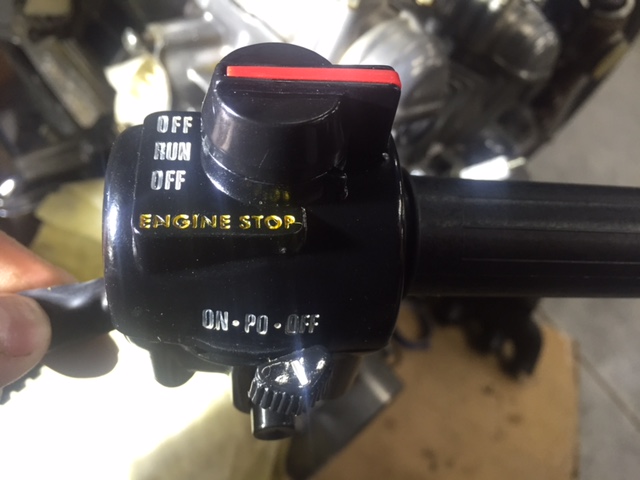 A complete
A complete  Included in the order was an O-ring for the re-sized drain plug and the washer that goes between the oil filter and the oil filter spring. With these parts I managed to get the bottom of the engine buttoned up. Progress has been fitful but Zed is getting closer. I’m really jonesing for concrete so I may have to pull off Zed and pour a yard to keep my soul on ice.
Included in the order was an O-ring for the re-sized drain plug and the washer that goes between the oil filter and the oil filter spring. With these parts I managed to get the bottom of the engine buttoned up. Progress has been fitful but Zed is getting closer. I’m really jonesing for concrete so I may have to pull off Zed and pour a yard to keep my soul on ice.
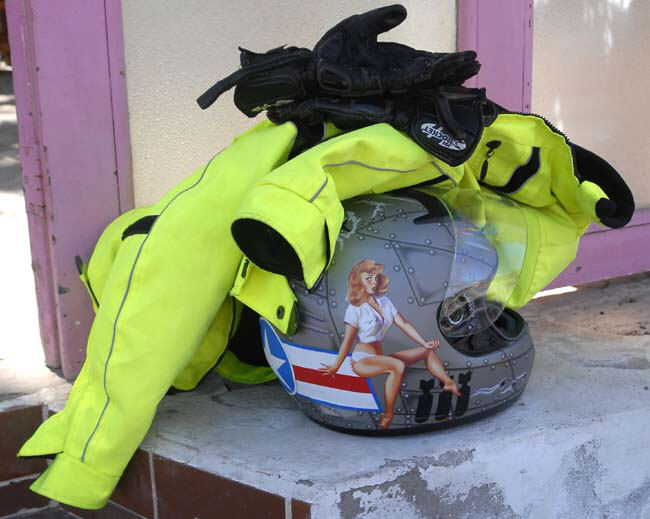

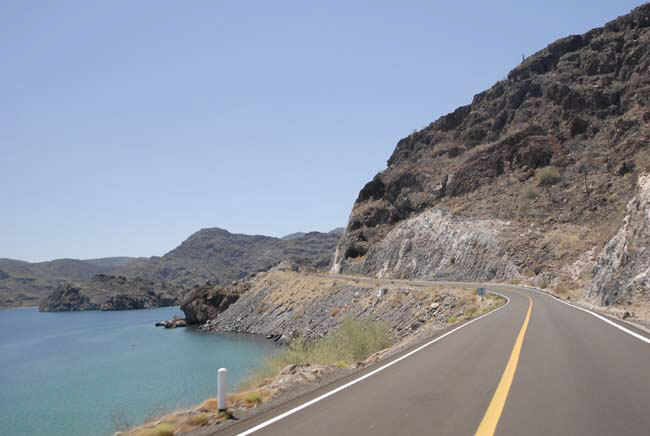
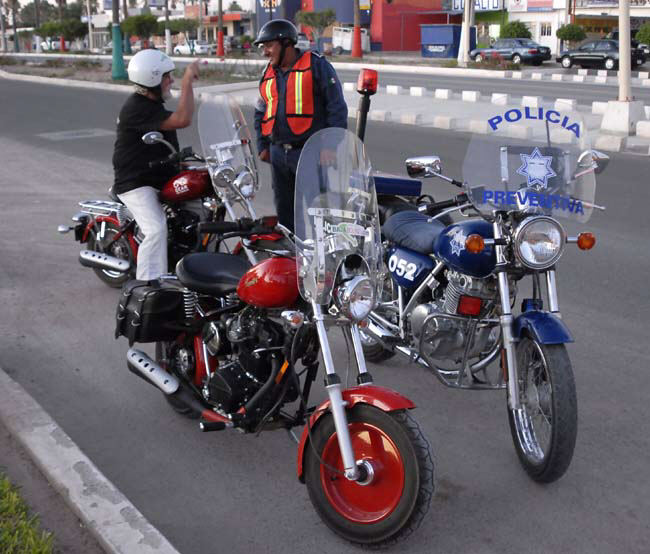
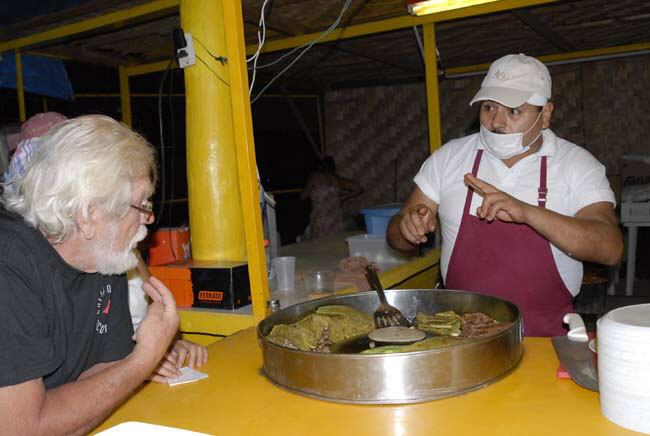






 After I made a particularly snarky Facebook comment regarding some newfangled electronic rider aid, a former editor sent me an email asking why I always slag off electronic controls. He asked if I had ever ridden a motorcycle equipped with traction control, wheelie control, engine power selector toggle or one built after 1971.
After I made a particularly snarky Facebook comment regarding some newfangled electronic rider aid, a former editor sent me an email asking why I always slag off electronic controls. He asked if I had ever ridden a motorcycle equipped with traction control, wheelie control, engine power selector toggle or one built after 1971.



